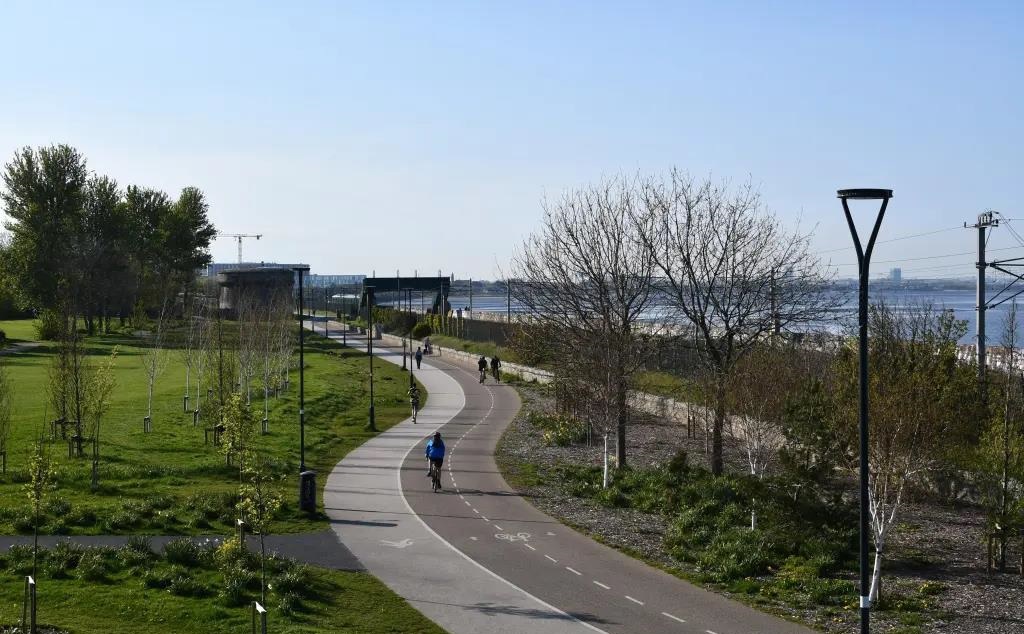Active Travel Advice Note:
Rapid Build Active Travel Facilities
The purpose of this advice note is to give guidance on the options available to deliver high quality walking and cycling infrastructure using rapid build, cost-effective methods in order to reduce car-dependency and to favour sustainable modes over the private car, and as a means of achieving reductions in carbon emissions.
What is meant by Rapid Build Active Travel Facilities?
Rapid Build active travel facilities are schemes that utilise cost-effective measures to deliver walking and cycling infrastructure quicker than traditional (full build) construction methods. They do not typically involve major construction works such as full road reconstruction or significant changes to drainage systems or relocation of utilities etc. however they may involve changes to kerb lines and minor drainage works. The works will also be typically within the boundaries of the existing roadway which can simplify the planning process, which positively effects project programme and delivery.
Rapid Build Schemes does not have to mean bollards, although using bollards to reserve road space for walking and cycling can be useful interim measure. As the examples in this advice note will show there are design options available for rapid build projects which use robust materials, with a quality finish, that produces schemes that can remain in place for many years.
Rapid Build Infrastructure is infrastructure that can generally be accommodated within the existing carriageway or verge and has limited drainage impacts.
This may include:
- Road markings/traffic restrictions;
- Narrowing/converting general traffic lanes to active travel facilities;
- Converting on-street parking to active travel facilities;
- Creating Traffic Free streets; and
- Redesigning junctions to provide greater capacity for walking, cycling and public transport.
- File type
- PDF
- File size
- - 4 MB

